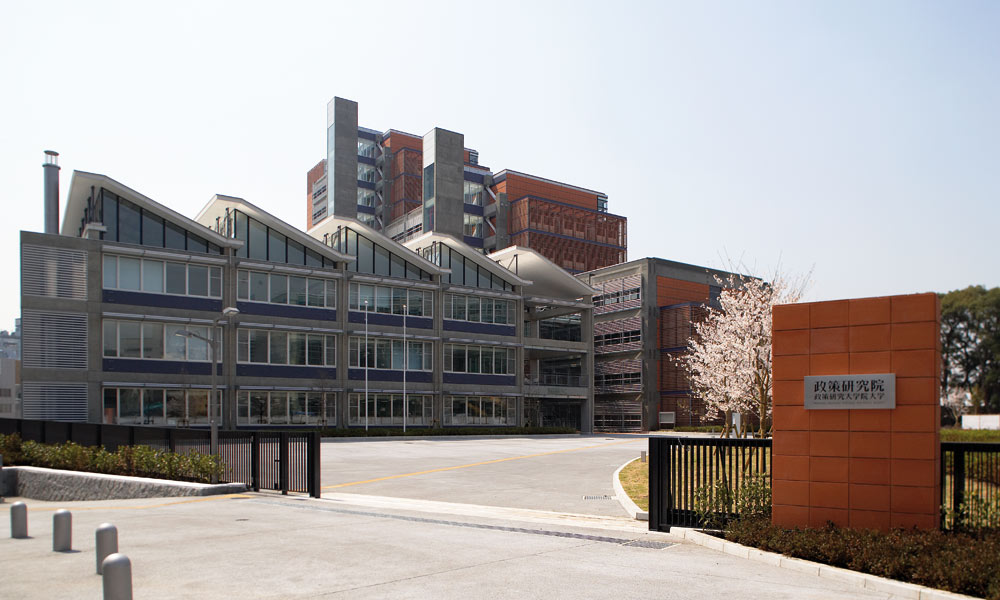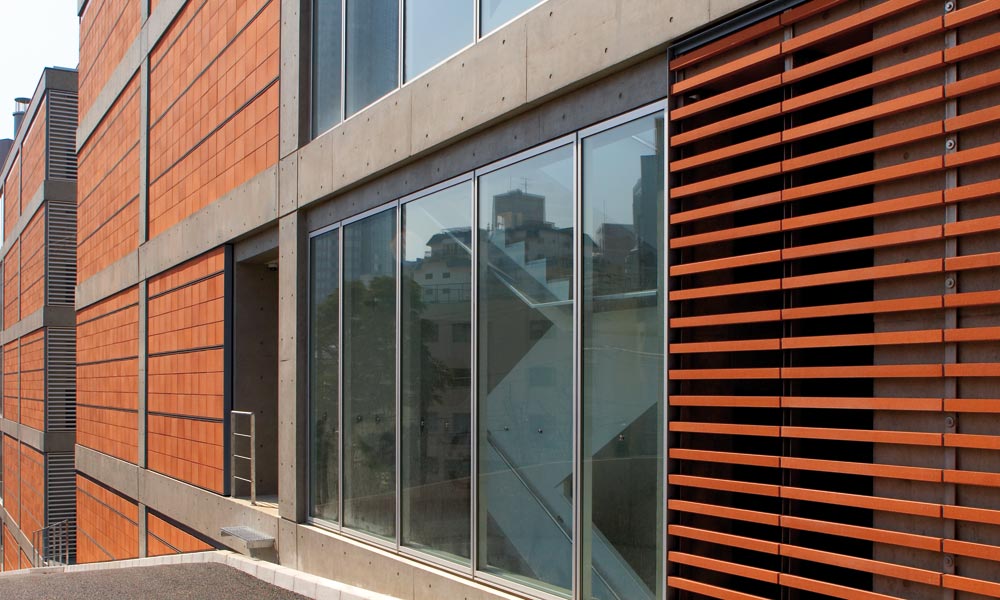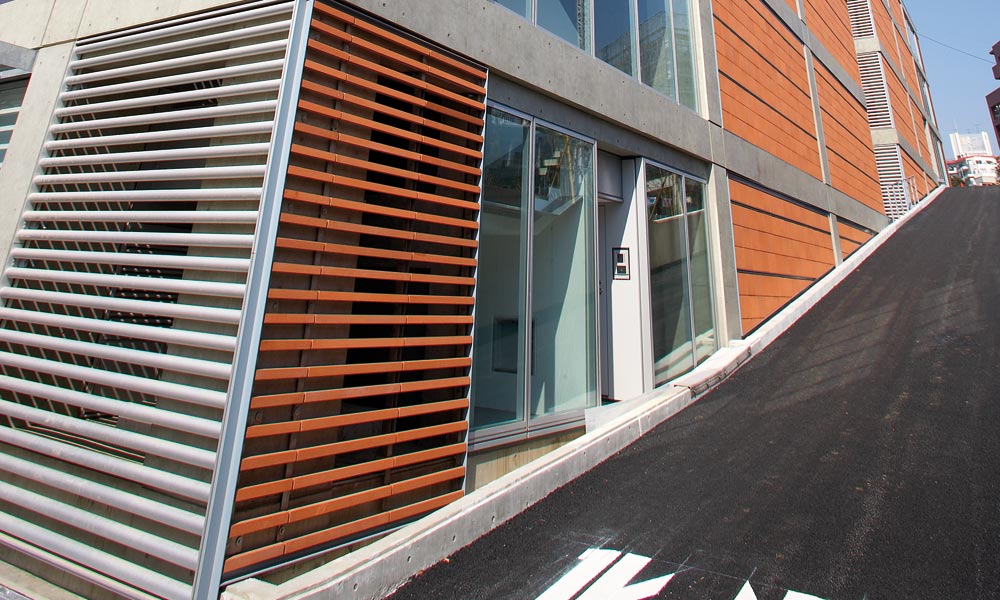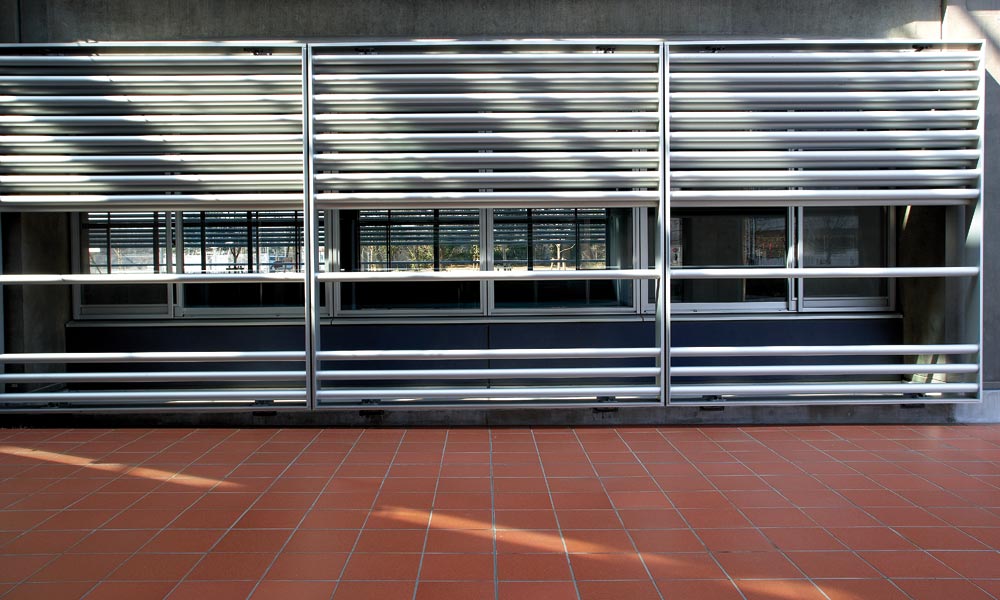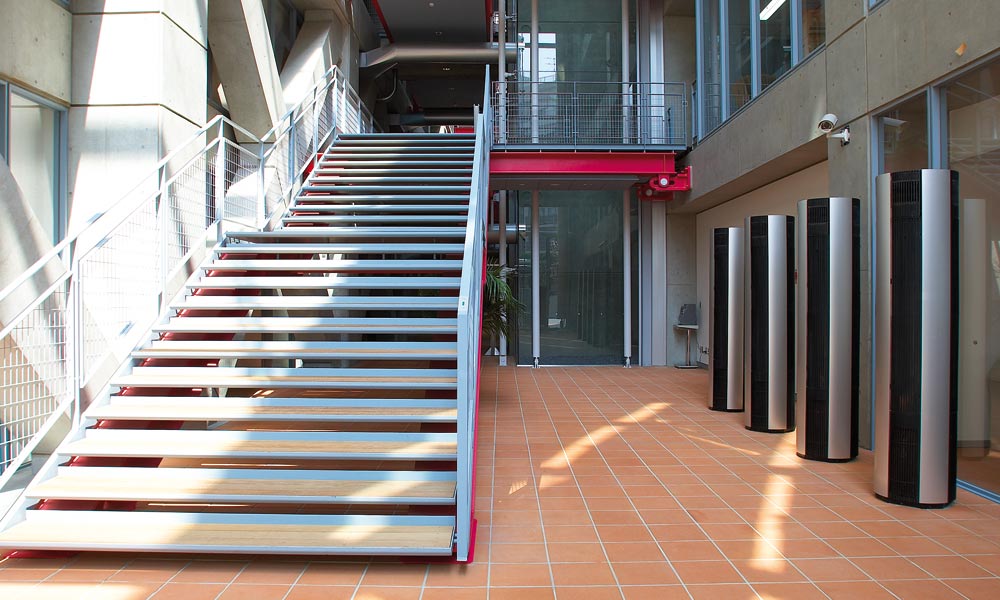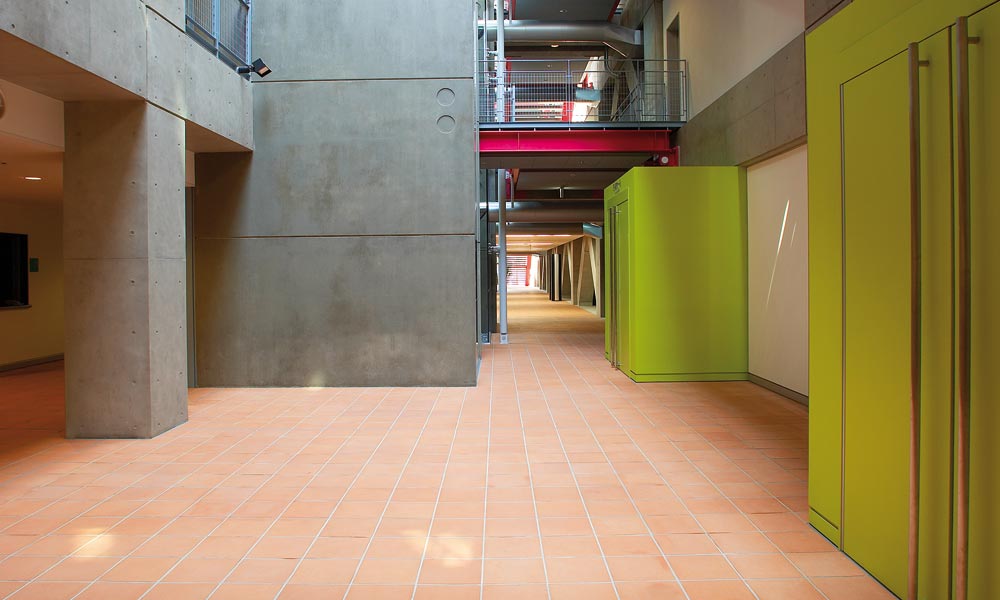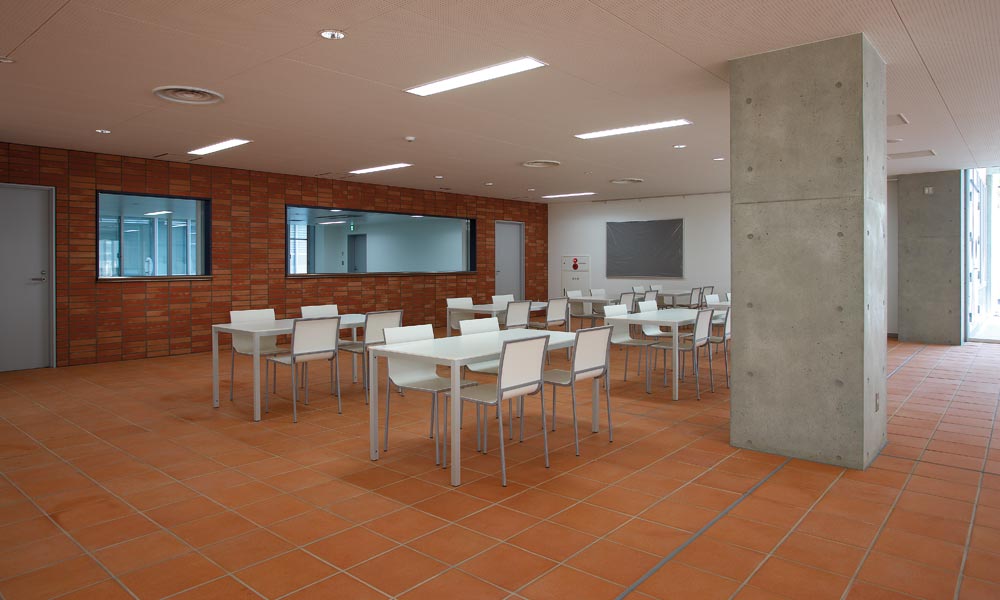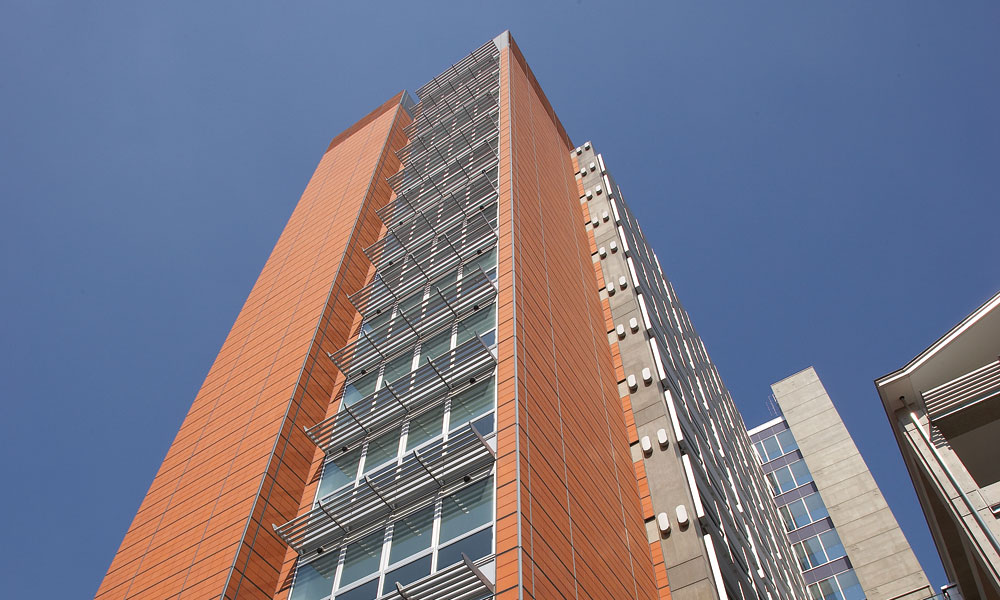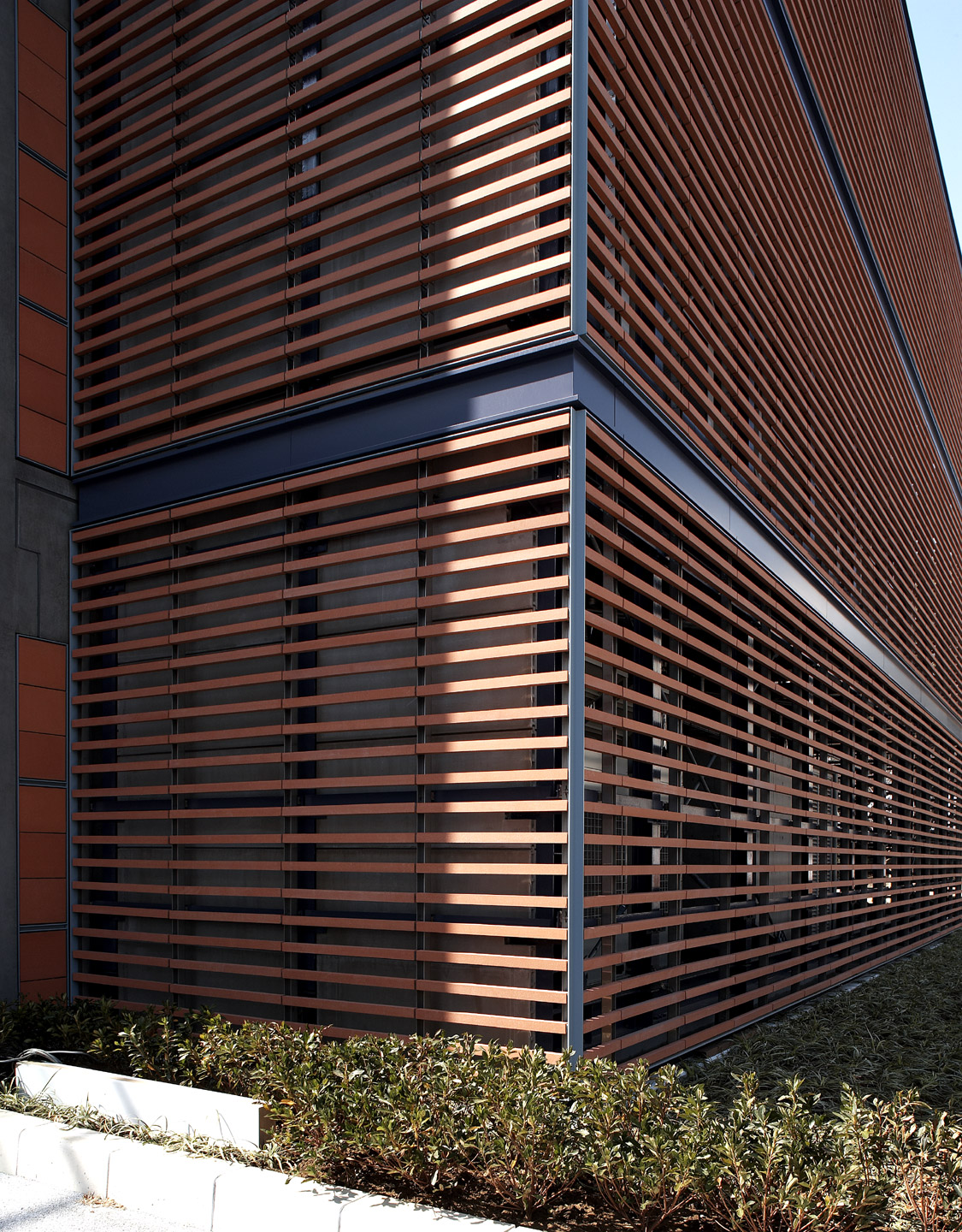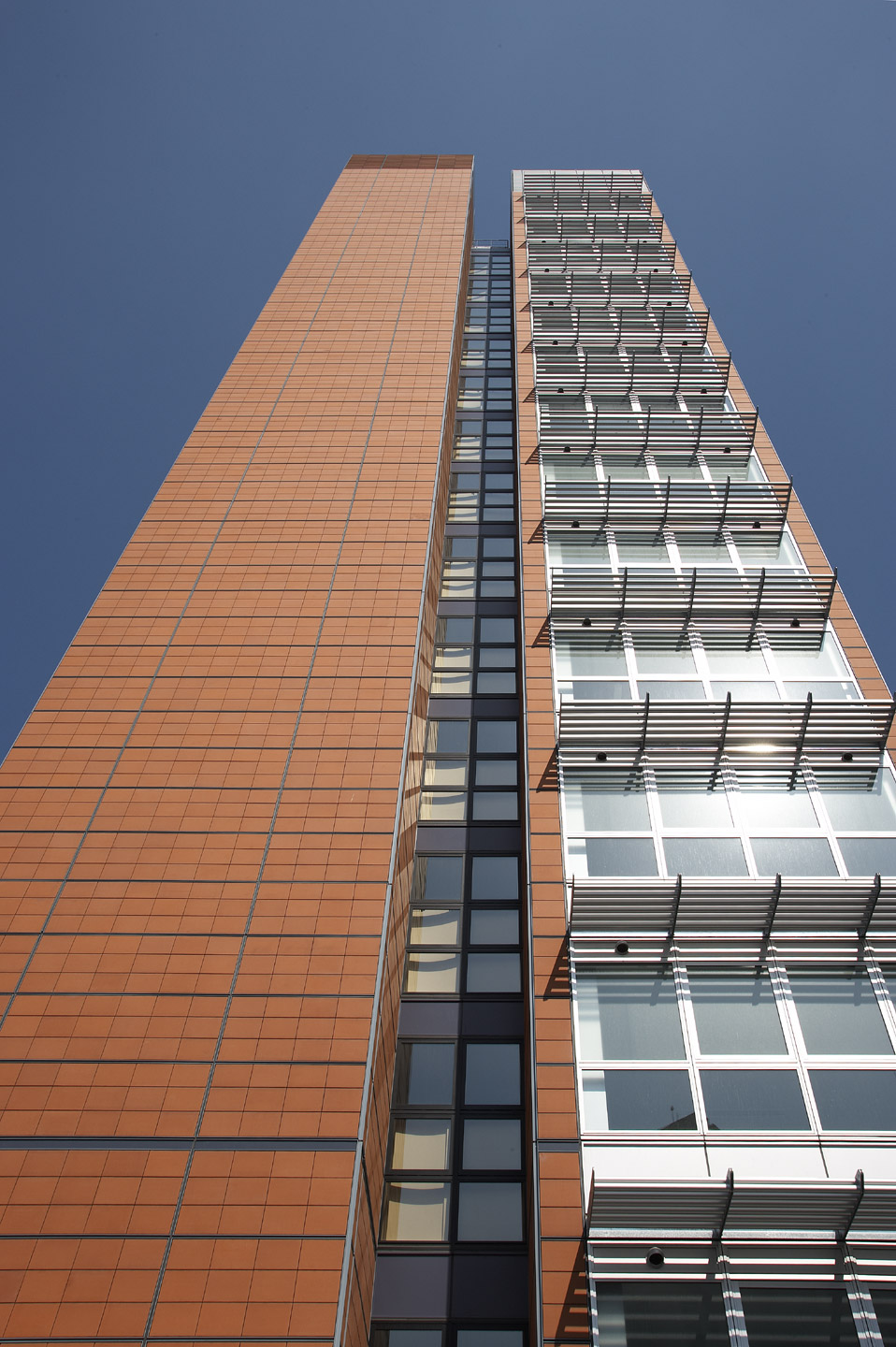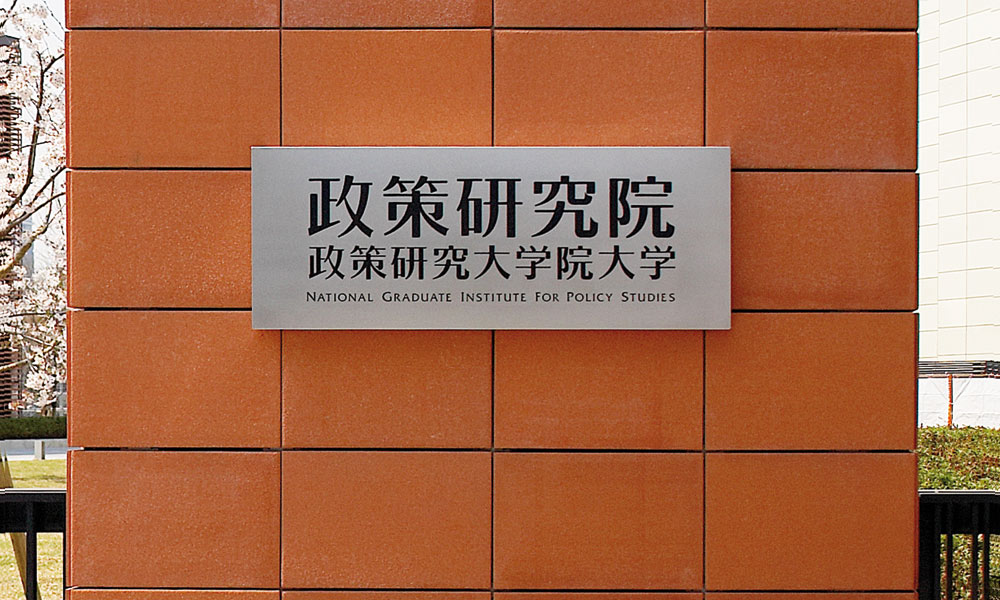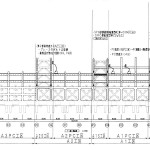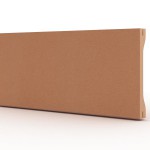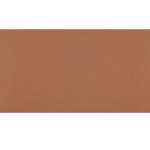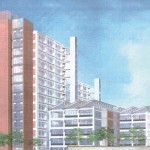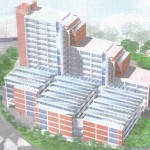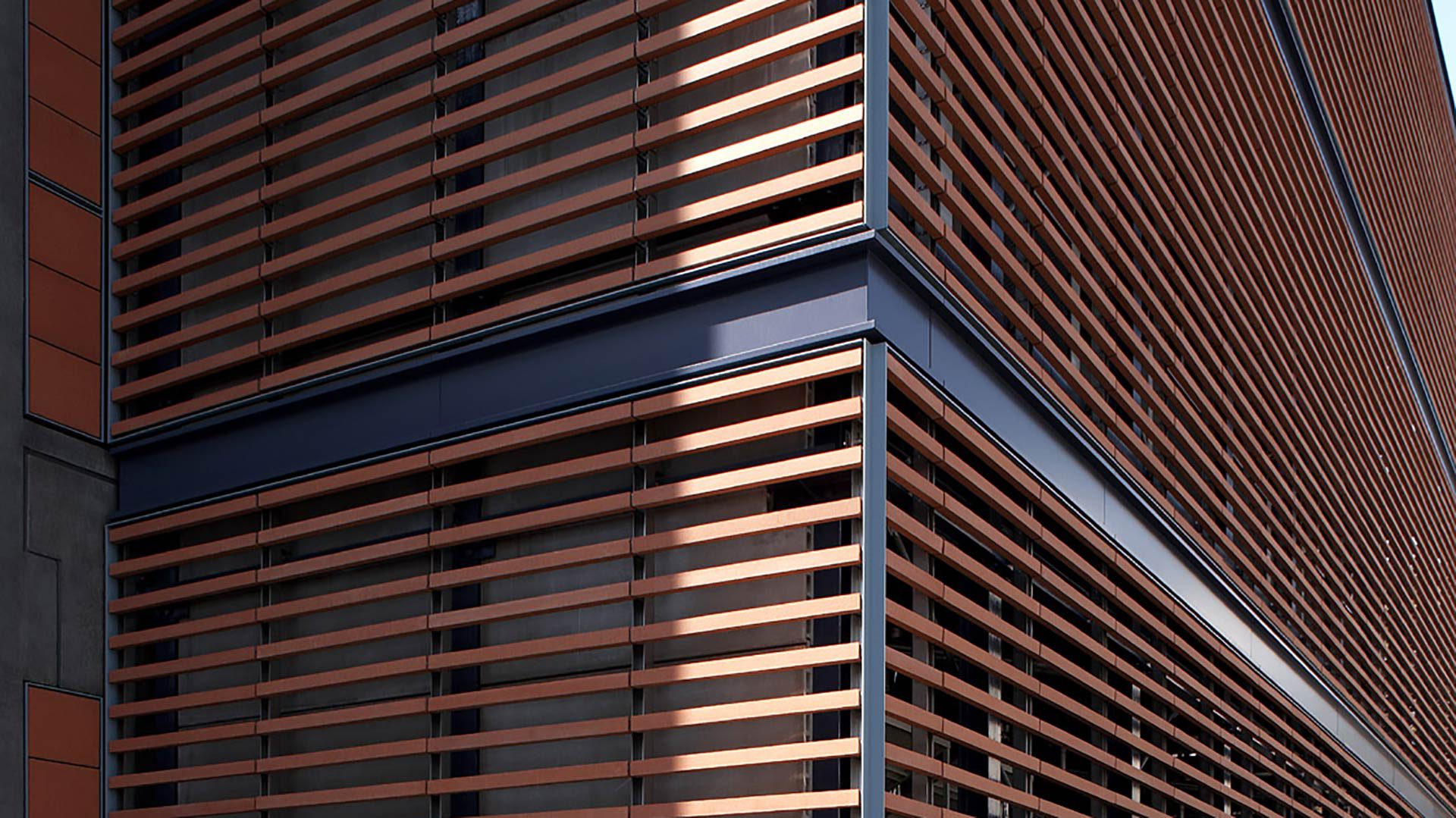
G.R.I.P.S. – Tokyo – J
PORTFOLIO
The National Graduate Institute for Policy Studies (GRIPS) is a highly specialized school in the field of research laboratories, founded in October 1997 and located in the Roppogi area in the centre of Tokyo. The project by Richard Rogers is one of the first commissioned by the Japanese government. The cost of the building, its administration and maintainment has been financed by public funds for 15 years. Imperative obbligation in the choice of high-quality materials is their ability to preserve inaltered over time, requiring only few conservation measures. The preference of Impruneta cotto with brand Il Palagio was a “safe” choice, considering its excellent durability and the possibility to realize replacement profiles which make maintenance easy.
GRIPS is made up by two volumes : the higher one, on the West side, is composed by 14 stories and houses mainly laboratories; the lower one of 5 stories houses administration and working spaces. The two volumes are connected through a long hall in glass, passed by red-painted bridges which connect the various departments. The colour has a strong visible impact. The use of terracotta as vertical and horizontal cladding has a very important metaphoric role, considering that cotto has become a symbol of avant-garde, design, contemporanity.
The building is characterized by large window areas, for which Palagio Engineering has realized louver element TerraTube, installed onto metal frames designed to reduce the impact of light onto the structure, used to clad the major part of the upper portions of the building. Terracotta elements assembled with a dry method and installed by means of mechanical fixing devices to create a grid of screens, without impeding the enjoyable view onto green spaces that surround the building.
Technique
For the cladding of the rain screen portions, a surface of 2600 sqm of terracotta panels, realized with panel type TERRAONE have been used: Palagio Engineering was actively involved in this highly specialized process with an important role in engineering and implementation. For the realization of these panels, the terracotta profiles are placed onto a silicon mould and kept distant with a silicon spacer. Subsequently the panels are covered by two layers of cement, separated by a layer in insulating material, to form one single and finished panel with an aluminium frame. For an optimised maintenance, the panels can be easily replaced.
